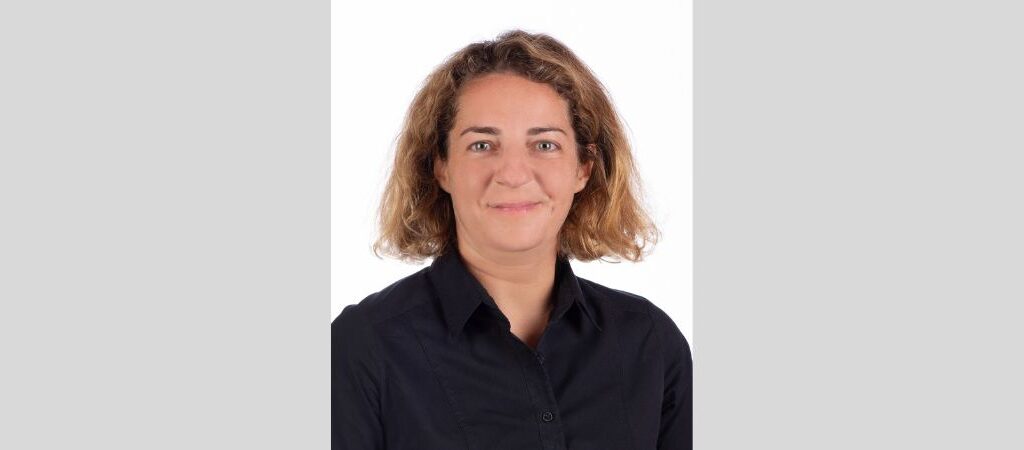What is Distinctively Qatari about the World Cup 2022? An Expat Perspective

Even though the World Cup 2022™ is a historic opportunity for the Middle East to leave its indelible mark on the history of football, the tournament has a distinctively Qatari flavor. The country’s bidding file in 2009 was titled “Peace from the Middle East to the whole world,” which is one of the core elements of Qatar’s foreign policy and an invitation to the world to change its negative view of the region.
Qatar sees football not just as entertainment and a source for revenue generation but as a means of rapprochement between people, something which echoes the country’s diplomatic priorities regionally and internationally. Through such a take on football, Qatar hopes to strengthen its relationship with other countries, especially those regional ones that severed diplomatic ties from 2017–2021. In this sense, Qatar sees the World Cup as an opportunity to divert the world’s attention to the Middle East, framing it as a region with deep-rooted traditions and culture based on peace and harmony and not a region of disputes and conflicts.
Another distinctive aspect of the Qatari edition of the World Cup, which is related to the country’s environment-related policies, is its use of the latest environmentally friendly technology, ranging from the cooling of stadiums to the process of receiving fans and their entry and exit from the stadiums. Along the same lines, Qatar has also achieved a major shift in the organization of the tournament by providing all technical aids, the latest of which is the fight against racism and cyberbullying of players by setting up a special system that protects players from racist abuse on social media, something which is unique to any World Cup.
Technology is also used to render the World Cup 2022 the most accessible tournament for people with disabilities. Not without its challenges, an attempt is made to offer all fans, regardless of their physical and mental abilities, equal access to the fun that is associated with football; hence, three of the eight World Cup stadiums in Qatar will host sensory rooms for fans with cognitive disabilities as well as other accommodations that make it possible for them to follow the events to their own abilities.
Leaving a sustainable legacy and setting an example to other countries on how a World Cup infrastructure can be used to attract youth to the sport of football, and to sports and healthy lifestyles in general, are two of Qatar’s goals in the post-tournament era domestically and beyond. The locally inspired architecture and the names of the stadiums, as well as the mascot, La’eeb™ (meaning “very skillful player” in the Gulf Arabic dialect), and the official emblem of the tournament—whose design represents desert dunes, the infinity symbol, or the figure eight (the number of the tournament’s host stadiums)—reflect the event’s fusing of tradition with modernity and aim at securing linguistic and semiotic reflections of the host country.
More specifically, al Bayt (meaning “the house”) stadium in Al Khor is inspired by the bayt al-sha‘ar tent of nomadic peoples who have lived in Qatar’s deserts for millennia, and symbolizes the hospitality that the organizers of the World Cup 2022 are planning to demonstrate to their tourists. Along the same lines, the architecture of stadiums aims at cherishing the hathari (“urban”) dimension of Qatari identity and culture. The design of Al-Janub stadium, for example, was inspired by traditional dhow boats, paying tribute to Al Wakrah’s maritime history, with the futuristic design connecting tradition with modernity.
Overall, Qatar has operated as a messenger of the whole Middle East throughout the years of preparation for the 2022 edition by introducing, among other things, the Arabic language as one of the FIFA official languages. The country has tried to create a distinctive tournament, with a special touch from the Arab region in general, and Qatar in particular.
Article by Irene Theodoropoulou, Associate Professor of Linguistics at Qatar University
Irene Theodoropoulou is an Associate Professor of Linguistics at Qatar University. Her research and teaching interests include sociolinguistics, discourse analysis, rhetoric, and intercultural communication, and their interface with politics, popular culture, and social media. Her recent relevant publications include “Humoristic Translanguaging in Intercultural Communication in Qatar: Merits, Limitations and its Potential Contribution to Policy Development”, in Policy Development in TESOL and Multilingualism Past, Present and the Way Forward (Springer, 2021); “Social Media Branding: the Case of Mykonos, Greece on Facebook”, and “‘Deliver Amazing!’: Qatar as a branded architectural discourse in World Cup 2022”, in Research Companion to Language and Country Branding (co-edited with Johanna Tovar, Routledge, 2021); and “Expect Amazing! Branding Qatar as a Sports Tourism Destination,” in Visual Communication (2020). She is also a World Cup 2022™ volunteer in the Marketing Rights Delivery team at Stadium 974.
Read more about the Building a Legacy: Qatar FIFA World Cup 2022 project here.
The posts and comments on this blog are the views and opinions of the author(s). Posts and comments are the sole responsibility of the author(s). They are not approved or endorsed by the Center for International and Regional Studies (CIRS), Georgetown University in Qatar (GU-Q), or Georgetown University in the United States, and do not represent the views, opinions, or policies of the Center or the University.